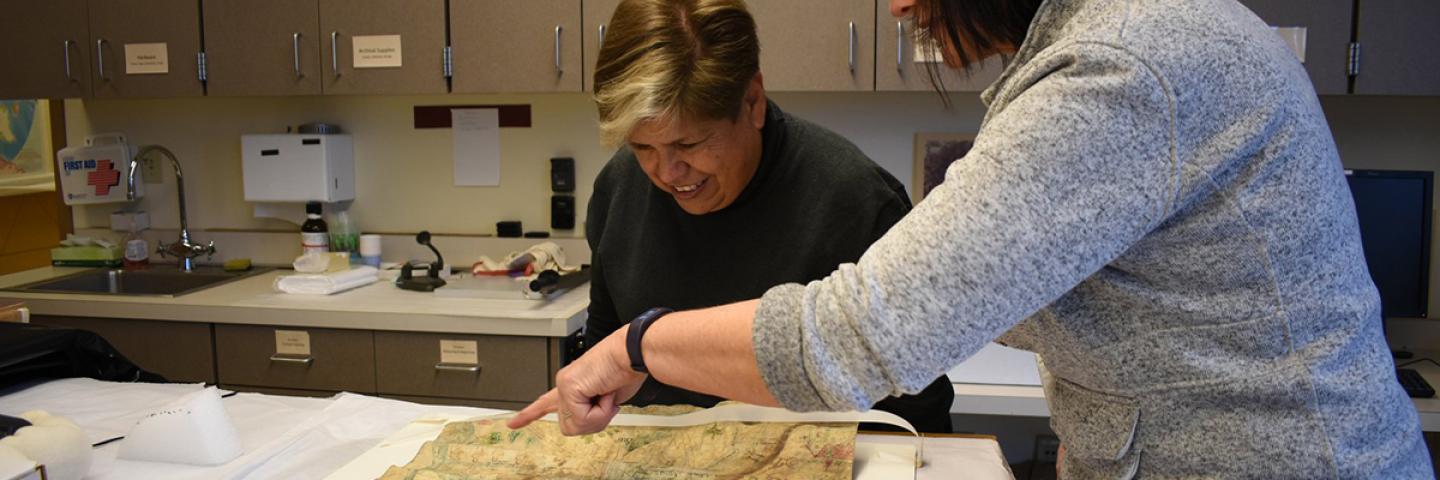Scholars from around the world regularly conduct research on items housed in our collections vaults.
If you are interested in accessing MNCH collections for research, please click here to learn more.
RECENT PROJECTS
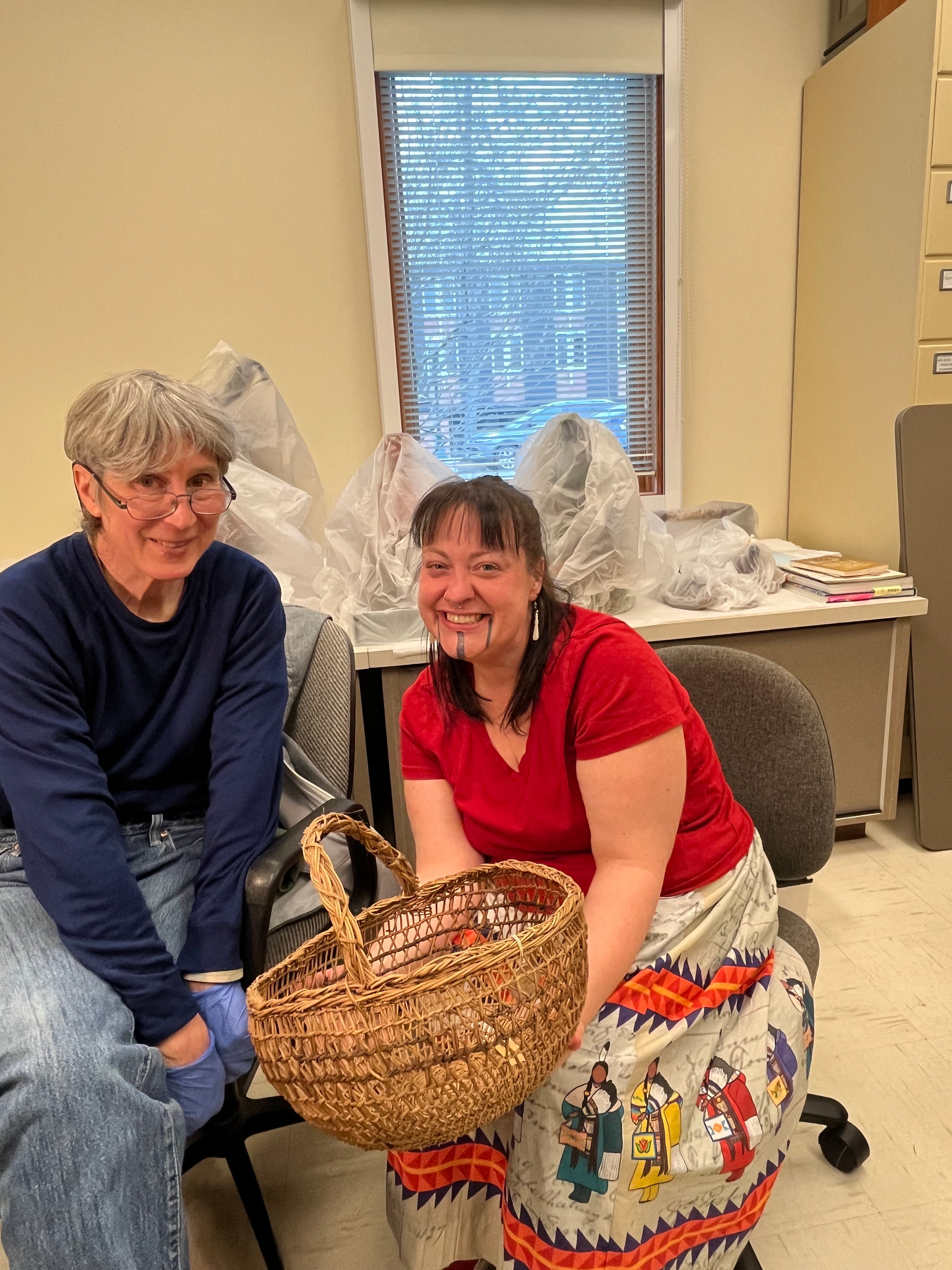 | TRACING COMMERCIAL FIBERS IN 20TH CENTURY OREGON BASKETRY Indigenous basketry scholars Stephanie Craig and Margaret Mathewson visited the museum in March 2024 to lend their expertise to a museum research project tracing the incorporation of hops farm material from the early 20th century in the local Tribes' basketry of the time. |
SAMOAN RESEARCHERS EXAMINE MUSEUM TAPA CLOTH COLLECTION In 2022, Regina “Reggie” Meredith Fitiao and Su’a Ulisone Fitiao visited Museum of Natural and Cultural History as part of a cross-country research trip to examine collections of tapa cloth, Polynesian bark cloth. Scholars and educators from American Samoa, the Fitiaos stopped in to examine the museum's extensive tapa cloth collection, including a tapa cloth originally collected by Margaret Mead. Learn more about the visit here. View the online tapa cloth gallery here. | |
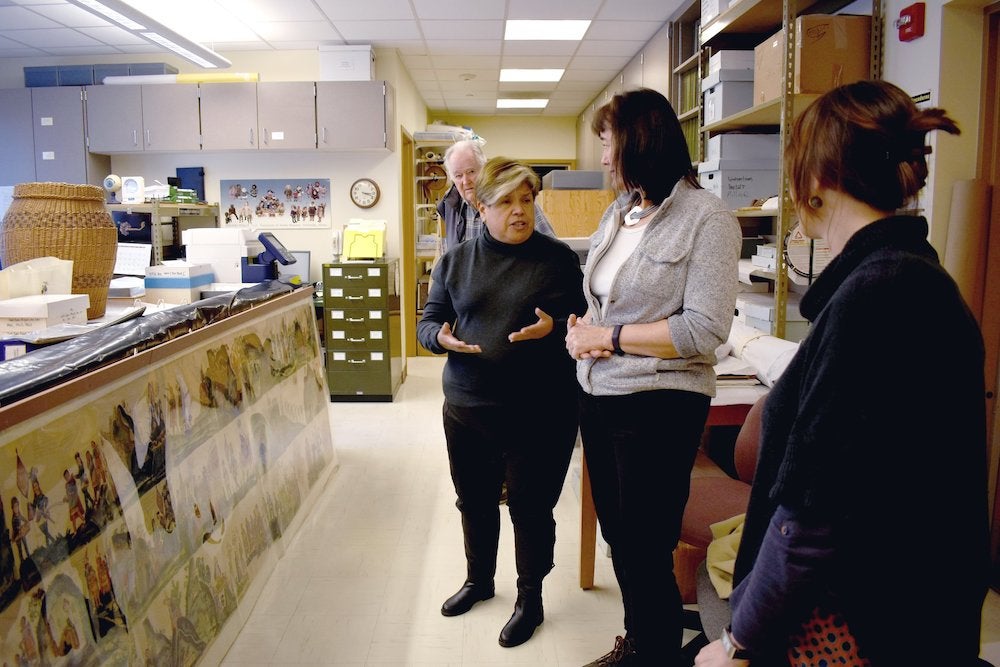 | HISTORIC MEXICAN MANUSCRIPTS RESEARCH In 2019, the University of Oregon welcomed visiting scholar Lidia Gómez García from Puebla, Mexico. A historian specializing in Native studies and a scholar of the Nahuatl language, Gómez García visited the museum to view two historic mapas in our collections—the Mapa de San Andrés Mixtepec and the Mapa de Cuauhtlantzinco. The mapas date back to the 19th and 17th centuries and originate from Oaxaca and Puebla, respectively. They showcase Indigenous languages and traditions as well as sociopolitical struggles arising during the colonial era. Gómez García’s research focuses on the history of the people of Puebla in particular, and she hopes to soon publish a study on the Mapa de Cuauhtlantzinco. Learn more about the mapas through the latest issue of the Bulletin of the Museum of Natural History, authored by museum director emeritus Don Dumond. |
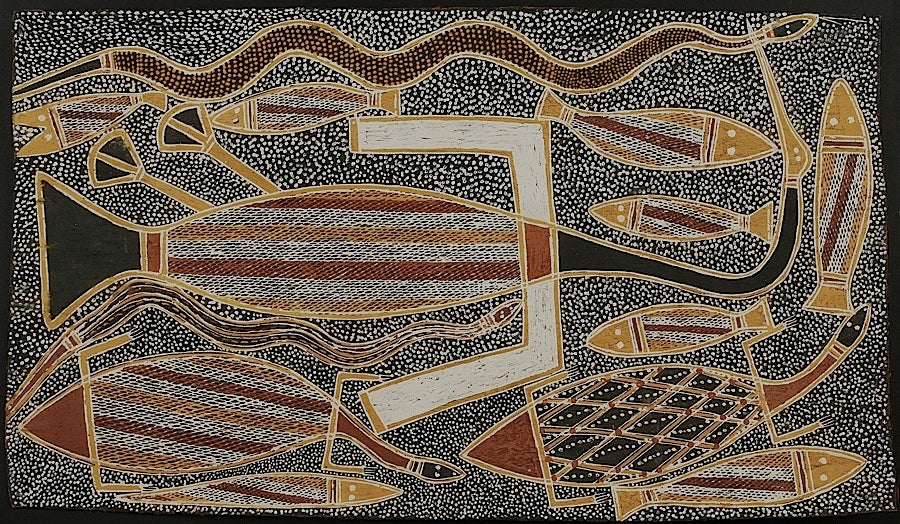 | AUSTRALIAN ABORIGINAL BARK PAINTINGS RESEARCH Anthropologist Gretchen Stolte, Berndt Foundation Research Fellow at the University of Western Australia, recently journeyed into our collections vaults to examine our collection of Australian Aboriginal bark paintings. A University of Oregon graduate, Stolte earned her PhD from Australian National University. She's interested in Indigenous material culture and identity, and her inquiries are shaped by her Nez Perce heritage as well as her research among Aboriginal peoples in Australia. |
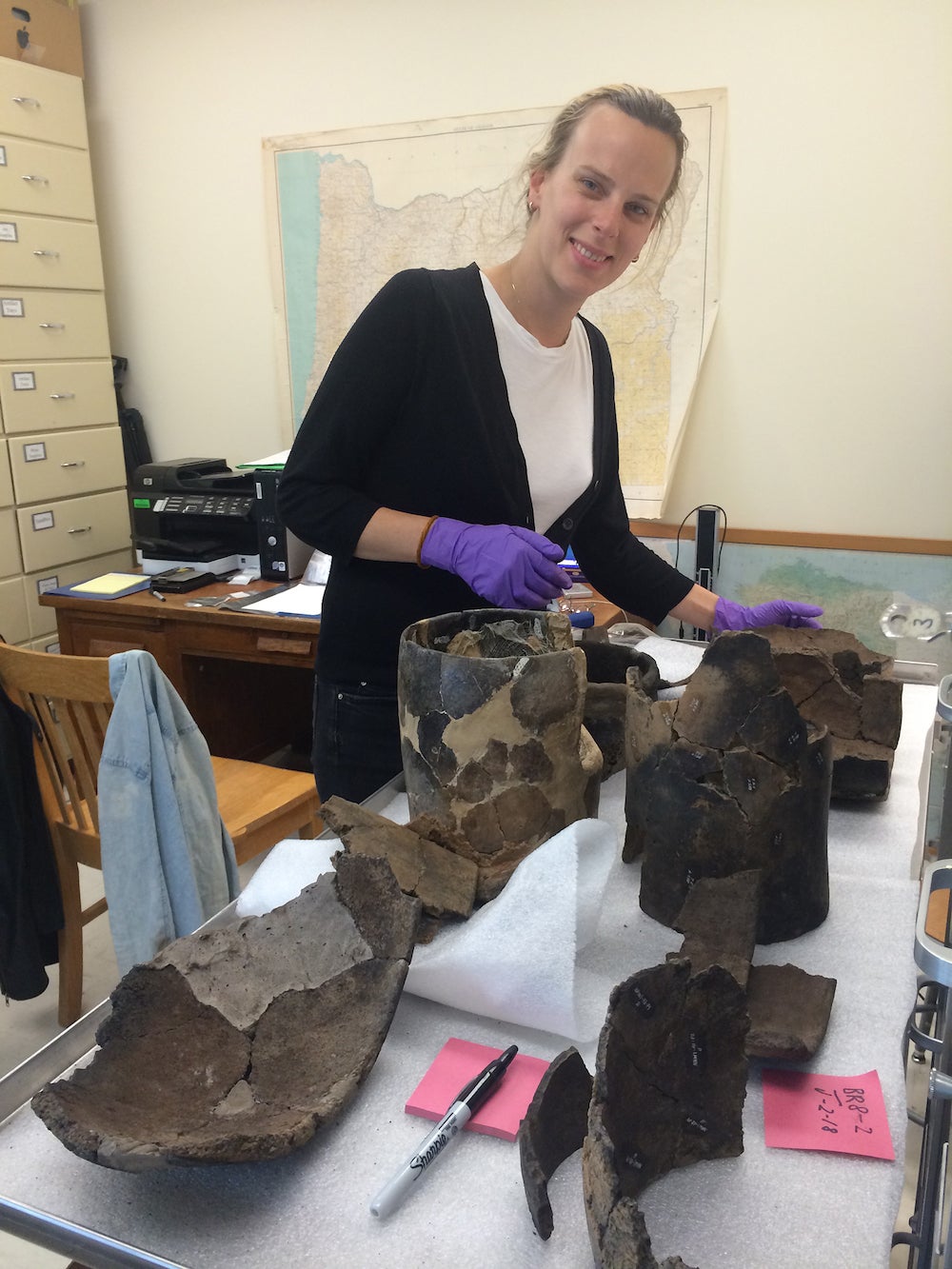
| ARCHAEOLOGICAL CONTAINERS RESIDUE ANALYSIS Marjolein Admiraal, a doctoral student at the University of Groningen in the Netherlands, recently visited the museum as part of a collaborative international research project between the Groningen Institute of Archaeology’s Arctic Centre, the University of Aberdeen, the Arctic Studies Center at the Smithsonian Institution, and the University of York. Her research centers on archaeological containers from Southwest Alaska, and at the museum, she examined pottery from the Alaska Peninsula. Through analysis of fatty residue left on the vessels, she is working to identify the containers’ contents, revealing key information about the diets of ancient Native Alaskan peoples. “In the past, research focus has been directed towards the archaeology of hunting, while the subsequent processing of food remains poorly studied,” Admiraal said. “Containers are an important part of this process but we do not know a lot about the role of containers within the stages of food processing. I aim to investigate the role of containers through time and space, and my main research question addresses the evolution of container technologies and the factors that influenced this evolution.” Most of the items Admiraal examined were recovered by University of Oregon archaeologists in the 1960s and 1970s—a time when researchers didn’t have access to advanced methods like organic residue analysis. Admiraal’s work greatly underscores the importance of preserving cultural materials for understanding the past—and for supporting future research projects that we can scarcely imagine today. |
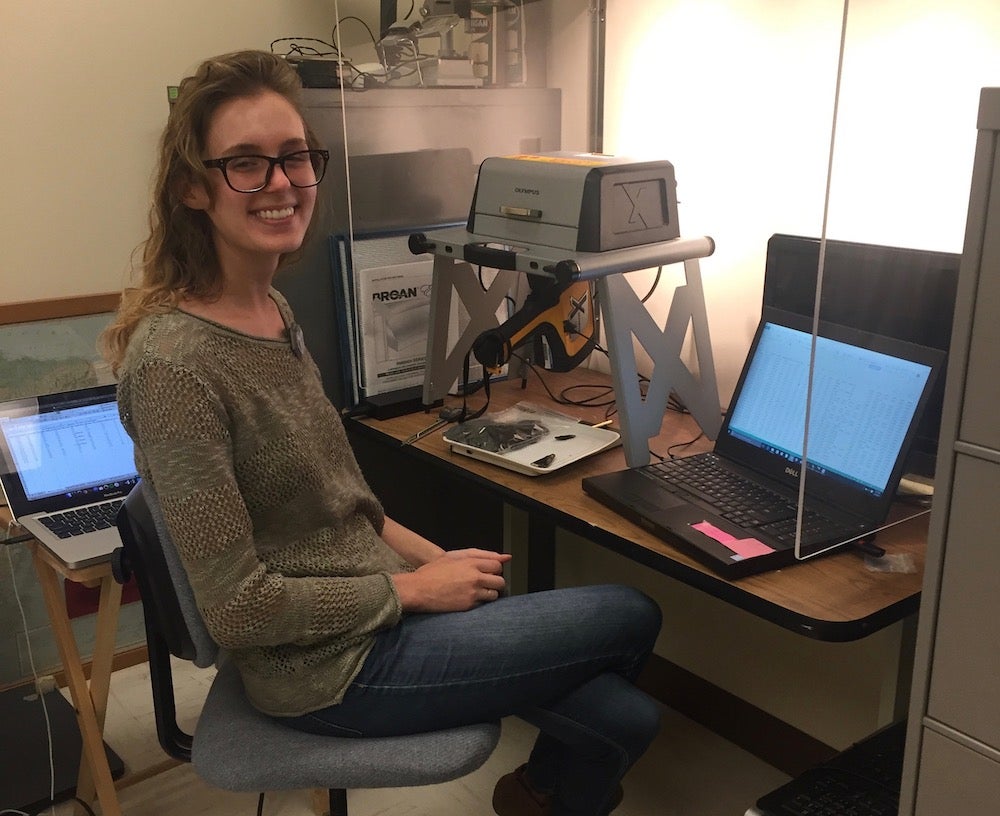 | FORT ROCK BASIN ARTIFACTS RESEARCH |
 | UNDERGRADUATE RESEARCH ON THE HISTORY OF COLOR University of Oregon students in the winter 2018 course The Global History of Color, taught by historian Vera Keller, examined the use of natural and synthetic pigments around the world. Students investigated several objects in our anthropological collections, including examples from our Alaskan and Northwest Coast mask collections, and created an online gallery to share some highlights of their research. |
